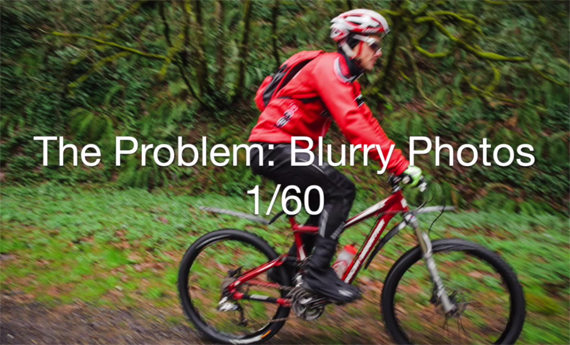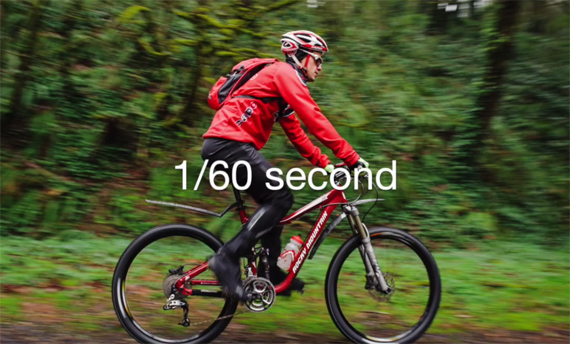The best motion photographs pulse with energy. Action photographers accomplish this using many different techniques. One technique employs lightning fast shutter speeds to freeze motion so that every feather of a bird’s wings is perfectly sharp as the bird twists in flight, or so that every droplet of water sprayed by a swimmer is crisp and visible to the viewer. Sometimes, however, it’s better for photographers to “pan” with subjects to communicate movement and speed by creating intentional background blurriness, as with images of cyclists.
In the following video, Maggie Hudson of Photography Hacker breaks down the technicalities of the panning technique, demonstrating both proper and improper form and giving insight into other related factors such as shutter speed:
When panning, it’s important not only to use a relatively slow shutter speed, but also to employ the proper movement technique so as to control where blurring happens. To show readers how not to pan, Hudson first uses the wrong method in her video—that is, she physically moves her body—camera and all—to track with the subject. Here’s how her photograph turns out:

Physically moving with the subject results in excess blurring.
“I wanted to demonstrate what most people do as action is happening. You get excited, you know you only have a couple of seconds to capture it, so you try to move with it. What this is going to cause is lots of blurriness in your photos.”
How to Keep a Moving Subject Sharp by Panning
Next, Hudson models proper panning form. To achieve a sharp subject, you must twist your upper body smoothly to follow the subject. While panning, focus on whatever aspect of the photograph should be clearest, such as the subject’s face. Keep panning to follow the subject as you release the shutter. By keeping her body as still as possible and tracking the subject in the viewfinder, Hudson is able to capture this shot:

Moving only the camera with the subject creates background motion blur, but a sharp subject.
Shutter Speed
A final issue to consider is shutter speed. For successful panning in her natural, diffused light situation, Hudson uses slower shutter speeds between 1/40 to 1/60 to allow for substantial motion blur in the background. Although the actual numbers will vary from situation to situation based on light availability, the principle remains: panning requires setting one’s shutter speed much slower than what it would take to freeze the action with total clarity.
It may take some practice to learn how to track with the subject while keeping your body otherwise motionless, but once you master it, the panning technique can add a lot of depth to your images and bring your action photography up to the next level.
“It’s so much fun, especially when you nail it just right.”
Like This Article?
Don't Miss The Next One!
Join over 100,000 photographers of all experience levels who receive our free photography tips and articles to stay current:






Leave a Reply